 Abraham Lincoln
If given the truth, the people can be depended upon to meet any national crisis...
Abraham Lincoln
If given the truth, the people can be depended upon to meet any national crisis...
 Guildford news...
for Guildford people, brought to you by Guildford reporters - Guildford's own news service
Guildford news...
for Guildford people, brought to you by Guildford reporters - Guildford's own news service
Birdwatcher’s Diary No.161
Published on: 16 May, 2018
Updated on: 16 May, 2018
By Malcolm Fincham
Another unseasonable spell of weather returned as April came to a close.
Temperatures had dropped to a chilly 7c, as I took an amble around the Riverside Nature Reserve near Burpham on Sunday, April 29, well below the average for the time of year. Both breezy and overcast, it felt much like a winter’s day.
My thoughts went out to the many insect-eating birds struggling to refuel after their long flights from Africa, that had migrated here to breed here. At least four reed warblers could now be heard singing from the reed bed around Stoke Lake, although the reeds were barely tall enough yet for them to seclude themselves.
Looking across the lake, hirundines could be seen, desperately feeding on any available insects they could catch flying low over the water. I counted at least 20 swallows, a few house martins and at least one sand martin. Although I was, as always, more fascinated by their agility as I attempted a few photos, rather than to make an exact count.
Within just a few days high pressure returned, pushing warm air in from the Continent, bringing with it, blue skies and sunshine. Many of our resident birds where well ahead of the summer arrivals.
Starlings were already collecting food for their young.
So were the long-tailed tits at the Riverside Nature Reserve.
While grey wagtails flew back and forth to their nest sites to feed their young.
Whereas although a good number of summer visitors had now arrived, most were still in song, trying to attract a mate.
At least five reed warblers had set up their territories in areas around the reserve. While plenty of sedge warblers could now be heard singing from areas around the boardwalk. Although arriving much later than previous years, common whitethroats were also, now, in good numbers there.
Reed buntings, although resident, were still very vocal, males competing with each other by serenading their females in song.
On May 3, tales of interest, tempted me on a family trip back to Pulborough Brooks, RSPB, West Sussex. Although having only visited the reserve just a few weeks ago, news of a displaying family of tawny owls had been reported.
It had been a good few years since I had witnessed such an event, recalling my early days of photography, taking a photo of two owlets that sat out together at Unstead Sewage Farm, near Godalming.
It takes about five weeks from hatching before the young are capable of flying, but a week or so before this time the owlets will start exploring the world outside the nest, this behaviour is known as “branching”.
Their adults, as in this case will spend their day roosting nearby, keeping a protective watch over them.
As on my previous visit, in my previous report, blackcaps continued to be heard in song.
A few more nightingales had arrived and could be also be heard. One stood on show for a good 15 minutes, performing its melody to a gathering audience of admirers.
On Saturday, May 5 news came through of another interesting find. This time a little more locally, on Royal Common, in Elstead near Godalming, an area I hadn’t visited before.
A wood warbler had been seen and heard singing its delightful song there. These birds once used to breed in Surrey, a decade or so ago, in areas around the Devil’s Punchbowl at Hindhead.
Walking the track in the direction where this one had last been seen, with good friends Bob and Dougal, we first picked out the sounds of a couple of garden warblers. Elusive as they were, we eventually tracked one down.
It wasn’t much further down the track that we picked up on the infamous song of the wood warbler. Said to be reminiscent to that of a spinning coin on a plate.
https://www.youtube.com/watch?
It brought back memories of the ones I had heard, just a few year’s ago, when visiting the Scottish Highlands, where they still breed. Much of the population in the UK is predominantly found in upland western oak woods of Wales, Northern England and Scotland. This one was just gracing us with its delightful presence and song as it was passing through.
The warm sunshine that day had also encourage a few butterflies out on the wing. Seemingly it was a good year for the holly blue, having seen a good few on my recent ventures.
Brimstones where back out on the wing, males and females entwining in flight.
Also adding a green-veined white to our “day list”.
Continuing along the track from Royal Common we eventually came out on to Thursley Common. Out on the heathland, common whitethroats could be seen and heard making their “scratchy” calls.
While common redstarts still sang in the pines.
And stonechats perched in the sun on the gorse.
The warmth of the day had also encouraged a few adders out from their hidings.
As well as my first damselfly of the year. A large red.
The distant sound of a cuckoo grew ever louder as we headed in the direction of the Parish Field.
It wasn’t long before we spotted him perched on a tall dead tree on the heathland. Judging by how confiding he was as we approached, it had to be Colin the locally named cuckoo. It was then, a second one could be heard cuckooing and not too far away.
An intruder had arrived on his patch and he wasn’t having any of it. Taking flight, I managed to get a few shots of him as he passed close by where we stood, as he saw off the interloper.
Meanwhile at the Parish Field the paparazzi sat patiently, not realising he was too intent about defending his territory than to pay them any attention, at least, during the time we where there.
A delightful addition to our sightings before we called it a day, was a hobby, our first one of this year!
It wasn’t until May 7 that I first saw swifts hawking flies in the sky over Stoughton. Our local population had arrived back! Counting just seven, though, hopefully, many more will soon be here to join them.
A few hours was spent at Farlington Marshes, near Portsmouth on the afternoon of May 10, although not adding anything new to my year sightings of birds, apart from a sandwich tern, too distant to photograph. It was a therapeutic one in many ways. A cool breeze blew across the sea wall, but sunny periods made it a pleasant walk.
Little egrets were having a bit of a “bad hair day” with their plumes blowing in the breeze.
Reed warblers could be seen, moving about, as they sang from the reed-beds.
Swifts were busy, hawking flies over the reed beds on the main lagoon there.
Taking advantage of some good light, I added a redshank to the day’s photos.
As well as a, nearby, gadwall.
Probably my personal favourite of the day, was, a chanced, in-flight shot of what is thought to be the hairy dragonfly. These are UK’s smallest hawker, emerging before other hawkers in May. It has a distinctly hairy thorax, hence its name.
The hairy dragonfly’s flight period is short and early, beginning in mid-May and ending in mid-July. Having laid their eggs, it takes two years for their larva to emerge.
Back on my local patch, by May 11, at the Riverside Nature Reserve, life was moving on.
A few orange tip butterflies were still present.
The Mayflower, (hawthorn) was now out in full blossom and was looking especially stunning this year.
Some grey wagtail chicks had already fledged and could be seen being fed by their adults along the riverbank, on what looked to be a few Mayflies, now starting to emerge, along the River Wey.
The Cetti’s warbler, continued to let its presence be known, vocally, though remained too elusive to get a decent picture of. Reed warblers proved a little easier, but most seemed a lot quieter, having wooed a partner.
A coot on the far side of the lake could be seen feeding one of its chicks.
While nearby them Canada geese could be seen on the lake with goslings.
Out on the scrape near Stoke Lock a pair of mallards could be viewed, with chicks, although I wasn’t so sure, how much longer for, with that grey heron so close by?
And a sly fox about too! Looking for a snack?
The most unusual event of the day was watching a kestrel as it hovered, hunting over the meadows by the lake. Taking a dive into the long grass, it grabbed its prey! Was it a vole of some kind? No! By the look of the picture I took, It was a snail? “Must have good eyes to see that moving”, I thought.
Responses to Birdwatcher’s Diary No.161
Leave a Comment Cancel replyPlease see our comments policy. All comments are moderated and may take time to appear.

See Dragon story: GBC’s Explanation of Major Land Sale Notice Error ‘Borders on Arrogant’ Says Councillor




Recent Articles
- Surrey Children’s Services Improvement Recognised by Ofsted
- Independent Guildford Stationers Are ‘Top of the Shops’
- Birdwatcher’s Diary No.304
- Cyclist Dies in Peaslake
- Surviving Strategic Director Quits to Take Up CEO Role with a West Sussex Council
- Letter: Damning Reports Should Not Be Used to Gain Political Advantage
- New Leader of the Opposition at Waverley
- Surrey Day’s Celebrations Took to the Skies
- Notice: Dance with Junction 9 to Raise Money for Charities
- Mistreated Former Sub-postmasters Receive Standing Ovation


Recent Comments
- Olly Azad on Mistreated Former Sub-postmasters Receive Standing Ovation
- Barry Jutsum on Letters, Comments, Complaints Policy and Privacy Statement
- Aubrey Leahy on Guildford Police Station to Close – Officers to Move to Mount Browne HQ
- John Ferns on Guildford Police Station to Close – Officers to Move to Mount Browne HQ
- Barry C Williams on Letter: Cross-party Effort Required to Improve Police Resourcing in Surrey
- Anthony Mallard on Guildford Police Station to Close – Officers to Move to Mount Browne HQ
Search in Site
Media Gallery
Dragon Interview: Local Artist Leaves Her Mark At One of England’s Most Historic Buildings
January 21, 2023 / No Comment / Read MoreDragon Interview: Lib Dem Planning Chair: ‘Current Policy Doesn’t Work for Local People’
January 19, 2023 / No Comment / Read MoreA3 Tunnel in Guildford ‘Necessary’ for New Homes, Says Guildford’s MP
January 10, 2023 / No Comment / Read More‘Madness’ for London Road Scheme to Go Ahead Against ‘Huge Opposition’, Says SCC Leader
January 6, 2023 / No Comment / Read MoreCouncillor’s Son Starts Campaign for More Consultation on North Street Plan
December 30, 2022 / No Comment / Read MoreCounty Council Climbs Down Over London Road Works – Further ‘Engagement’ Period Announced
December 14, 2022 / No Comment / Read MoreDragon Interview: GBC Reaction to the Government’s Expected Decision to Relax Housing Targets
December 7, 2022 / No Comment / Read MoreHow Can Our Town Centre Businesses Recover? Watch the Shop Front Debate
May 18, 2020 / No Comment / Read More





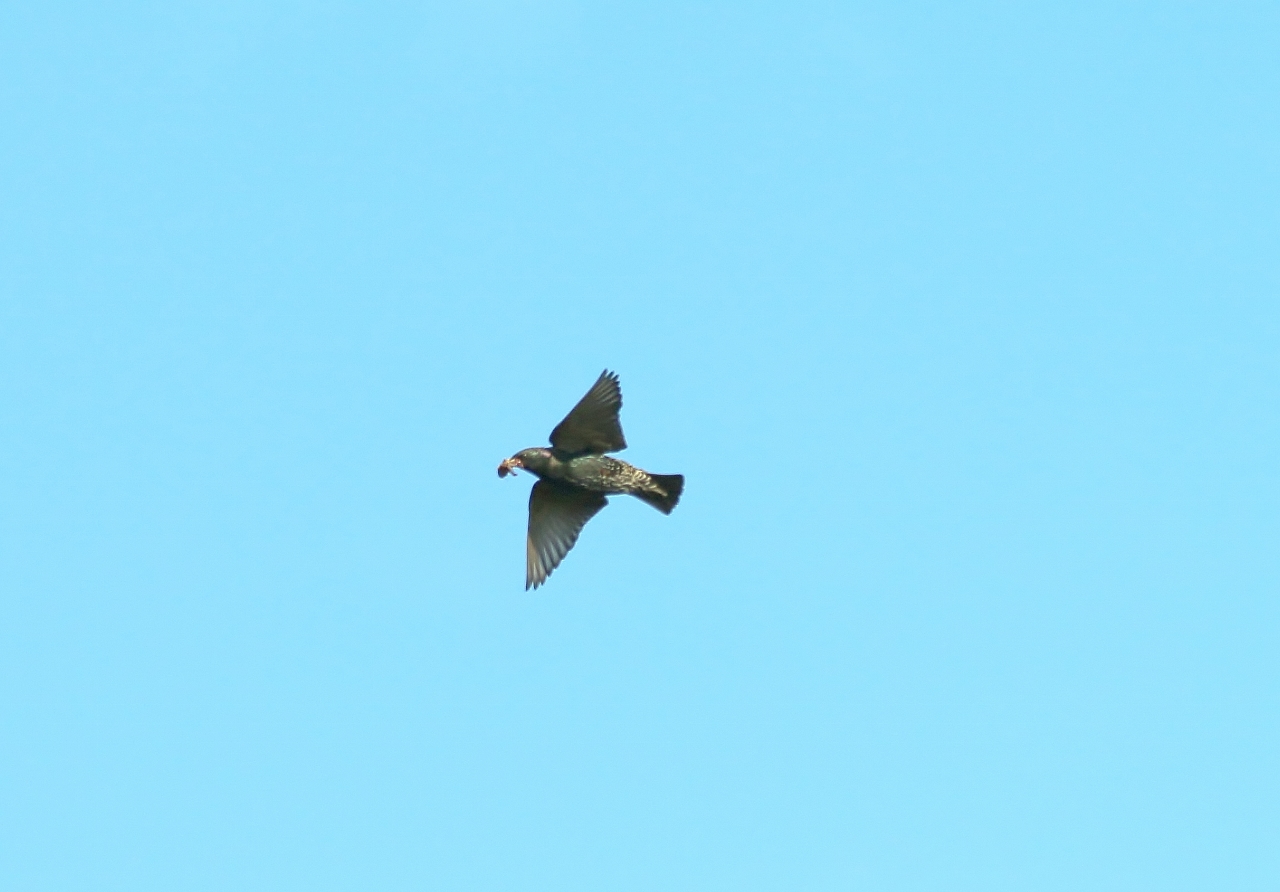



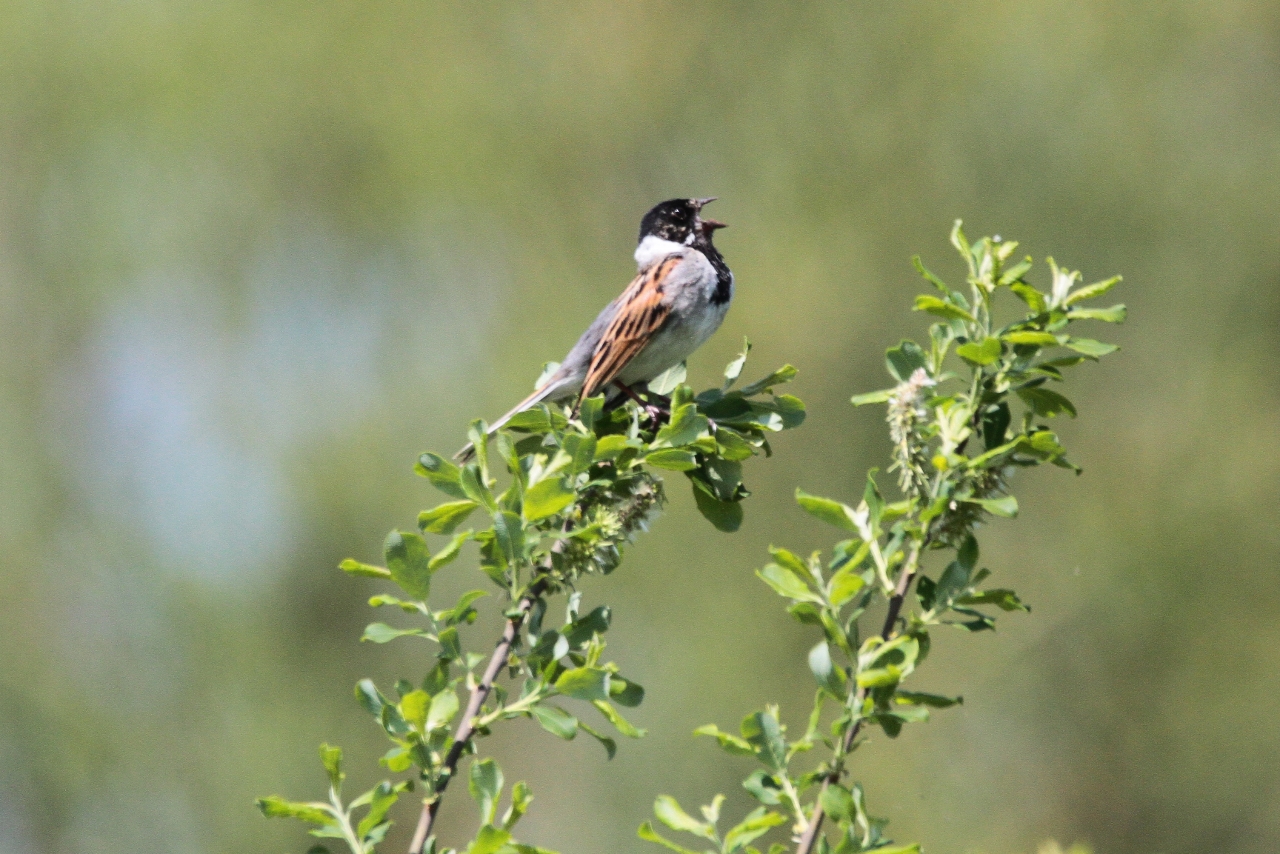

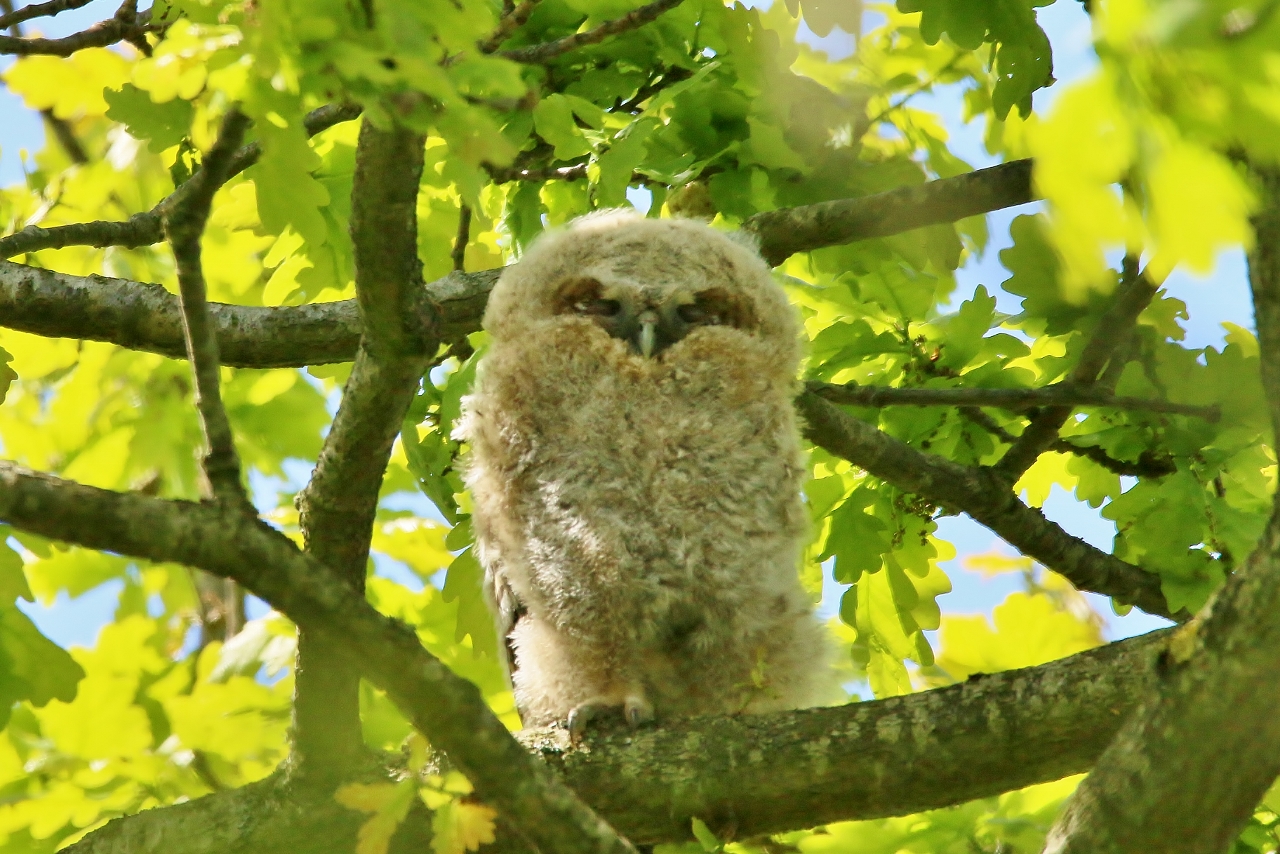











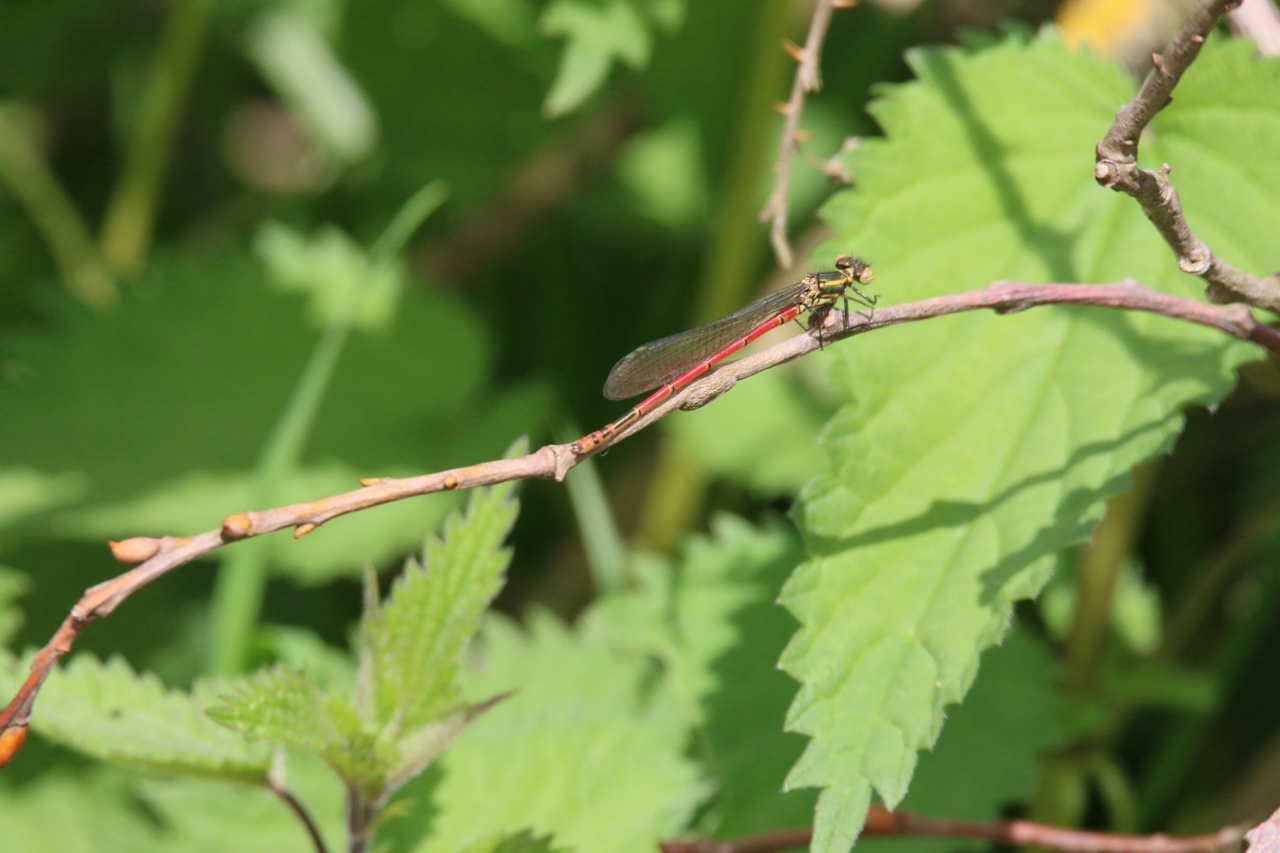







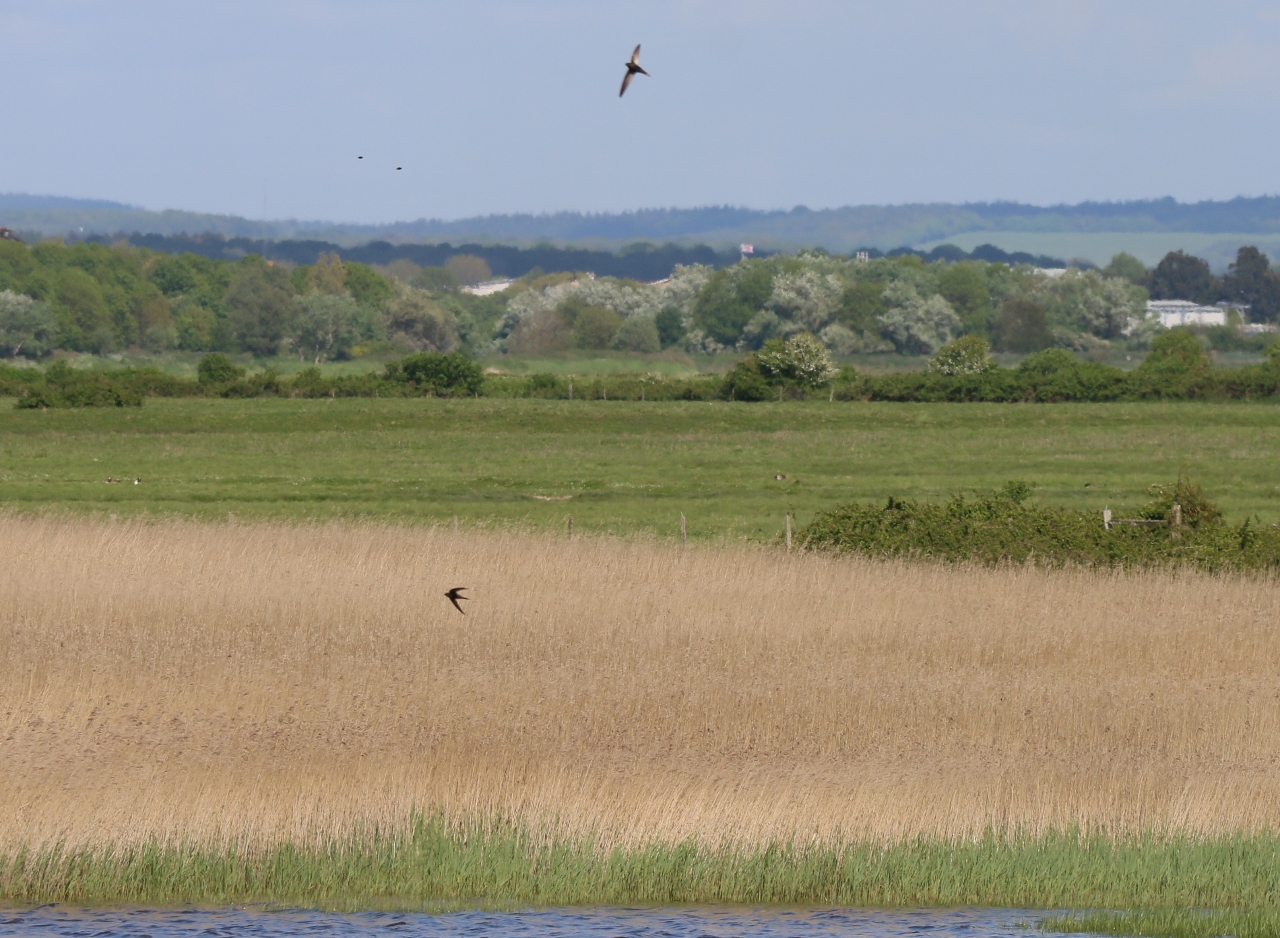





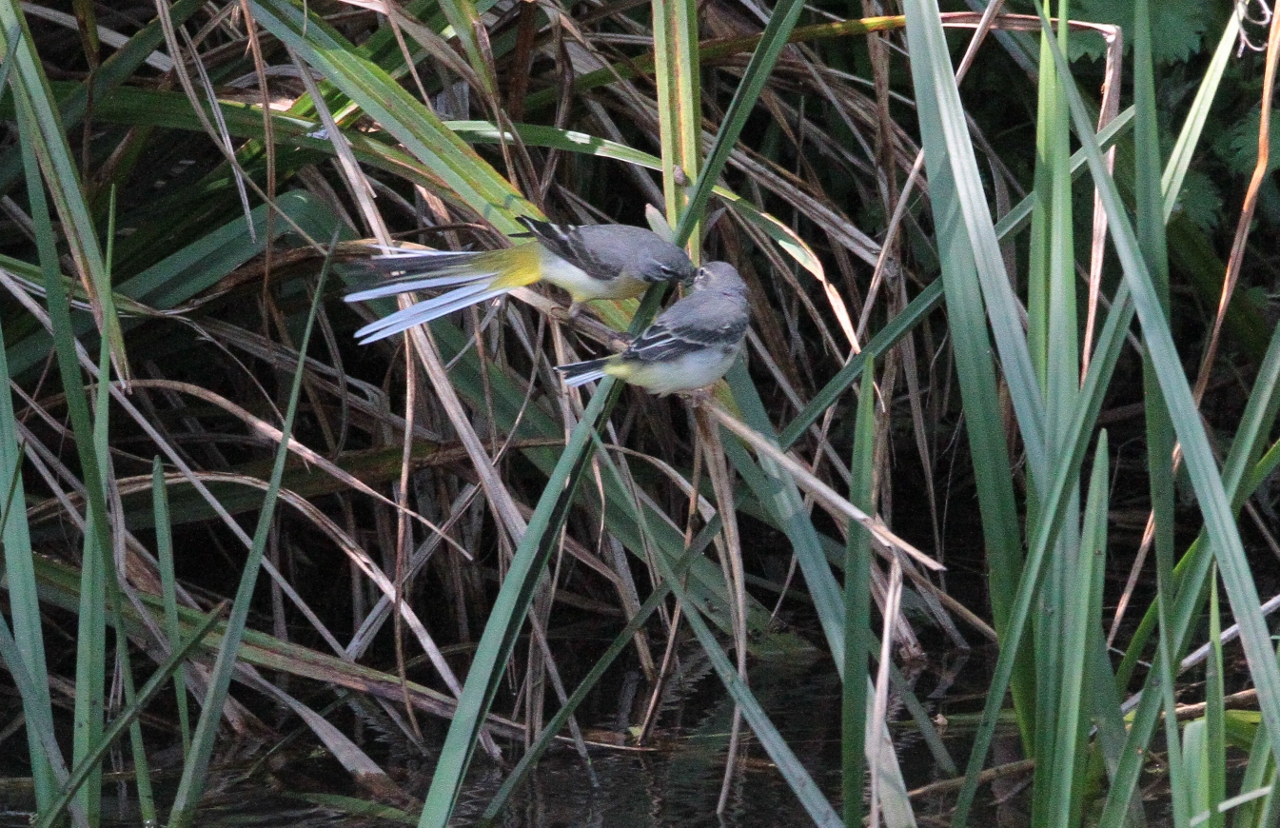
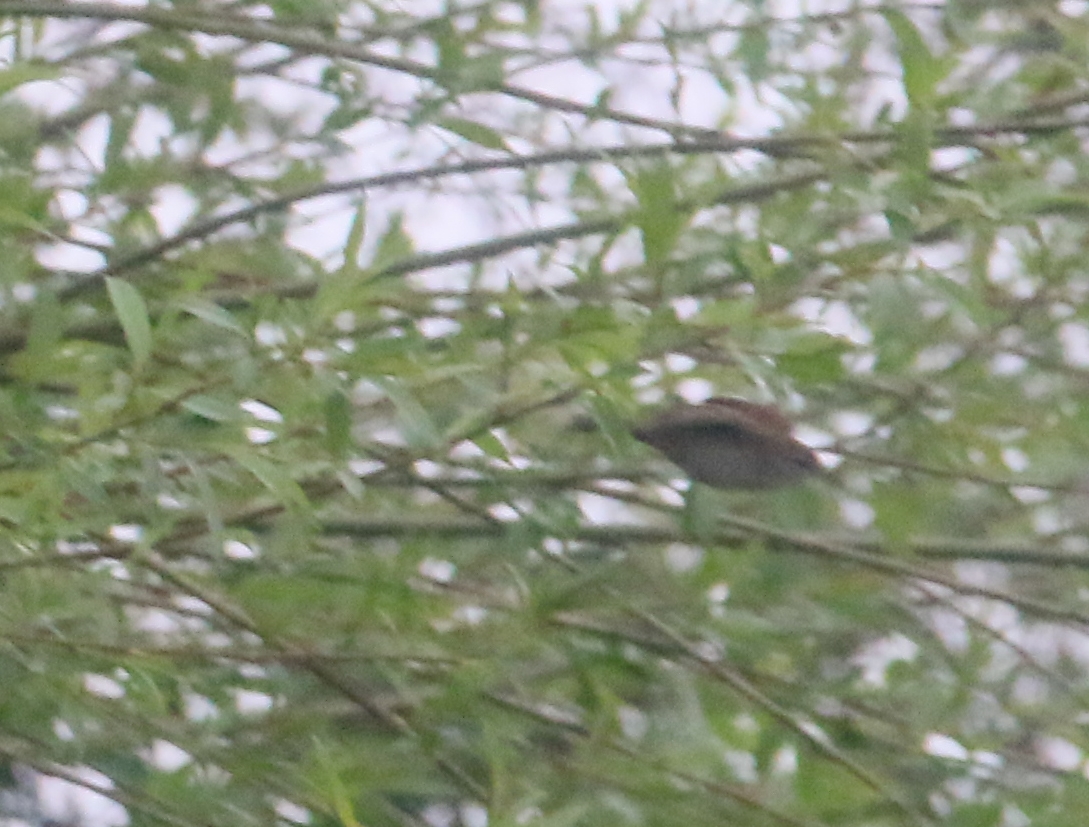




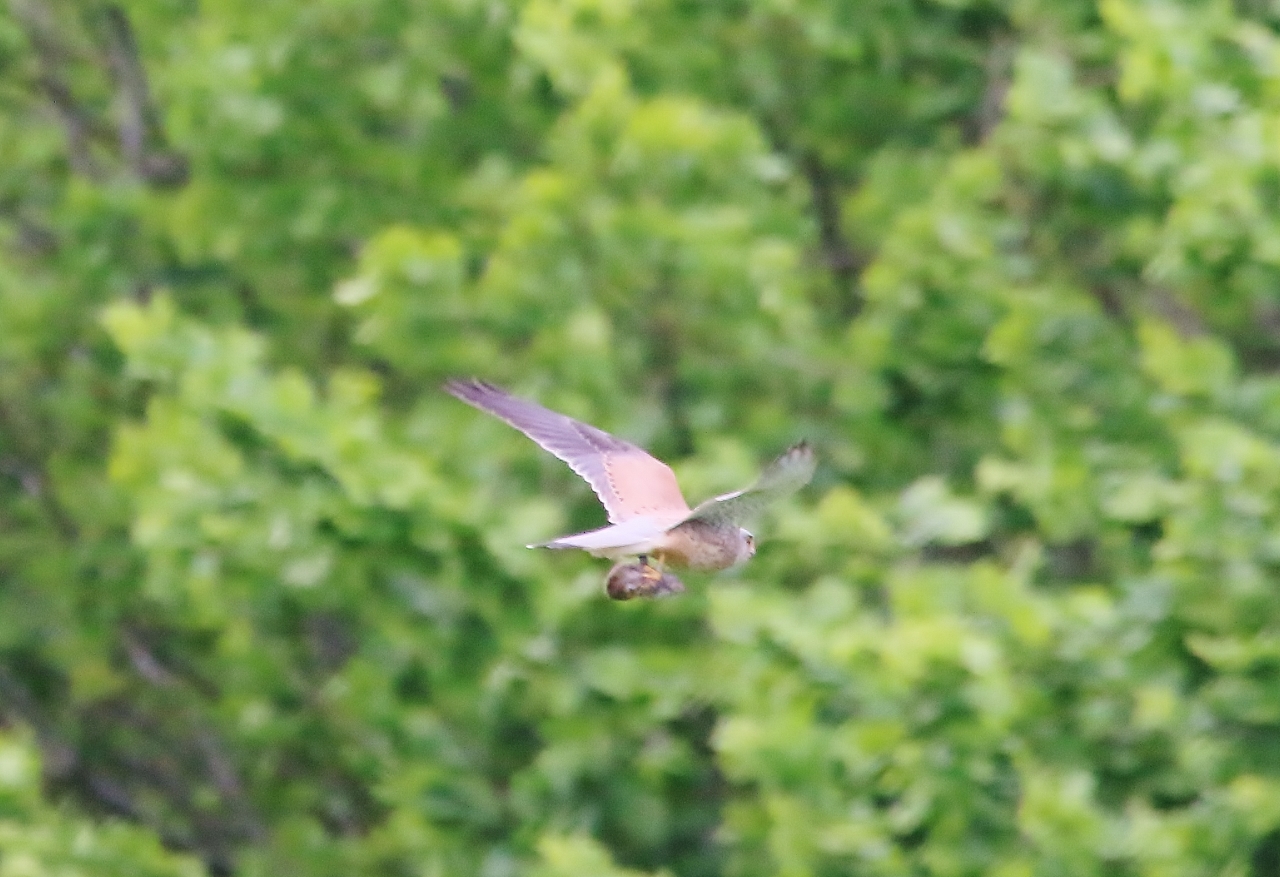



Jeremy Maltby
May 16, 2018 at 12:49 pm
Love your posts and you take some wonderful pics.
What long lens do you use? I’m thinking of the Nikon 2-500 zoom on a D7500.
Malcolm Fincham
May 17, 2018 at 3:10 pm
Thank you Jeremy for your compliments on my posts and pictures.
For most of my recent, long range pictures, I have been using a Sigma 150-600mm 5-6.3 DG HSM OS Contemporary lens, (the sports version is beyond my price range at present).
Using it with, a rather battered and bruised, Canon EOS 70D Body. I expect there maybe better lenses out there, but find it the most comfortable for the size, when using it on a monopod.